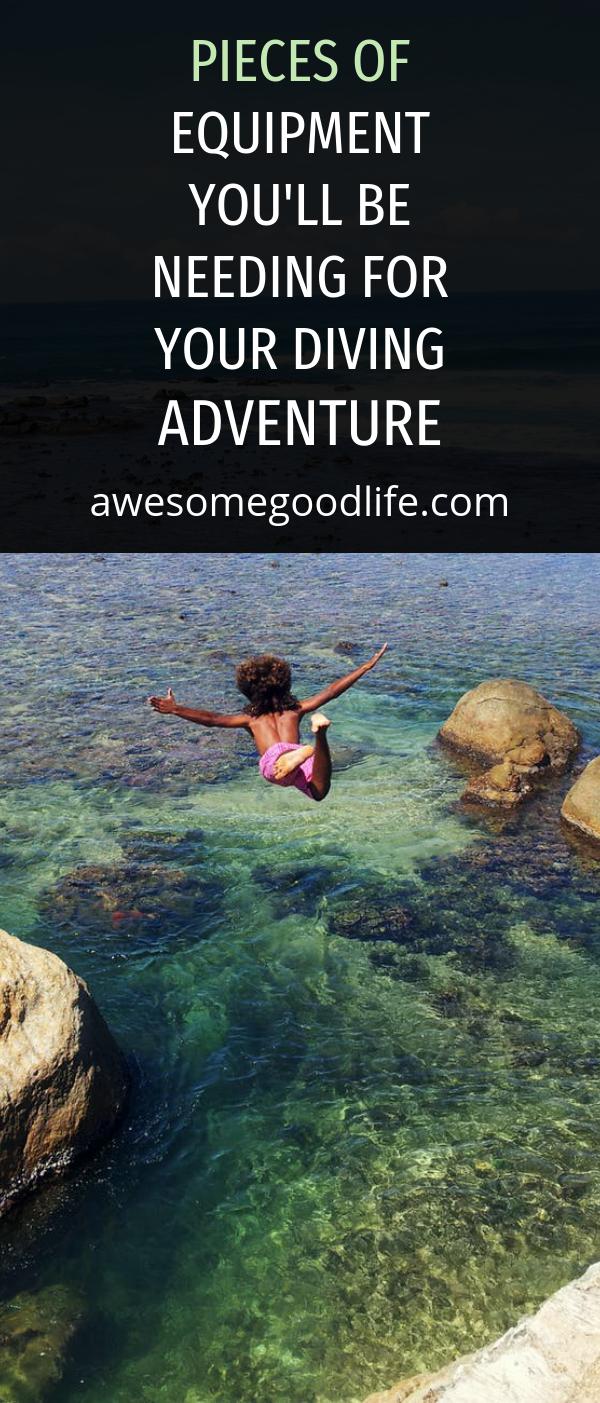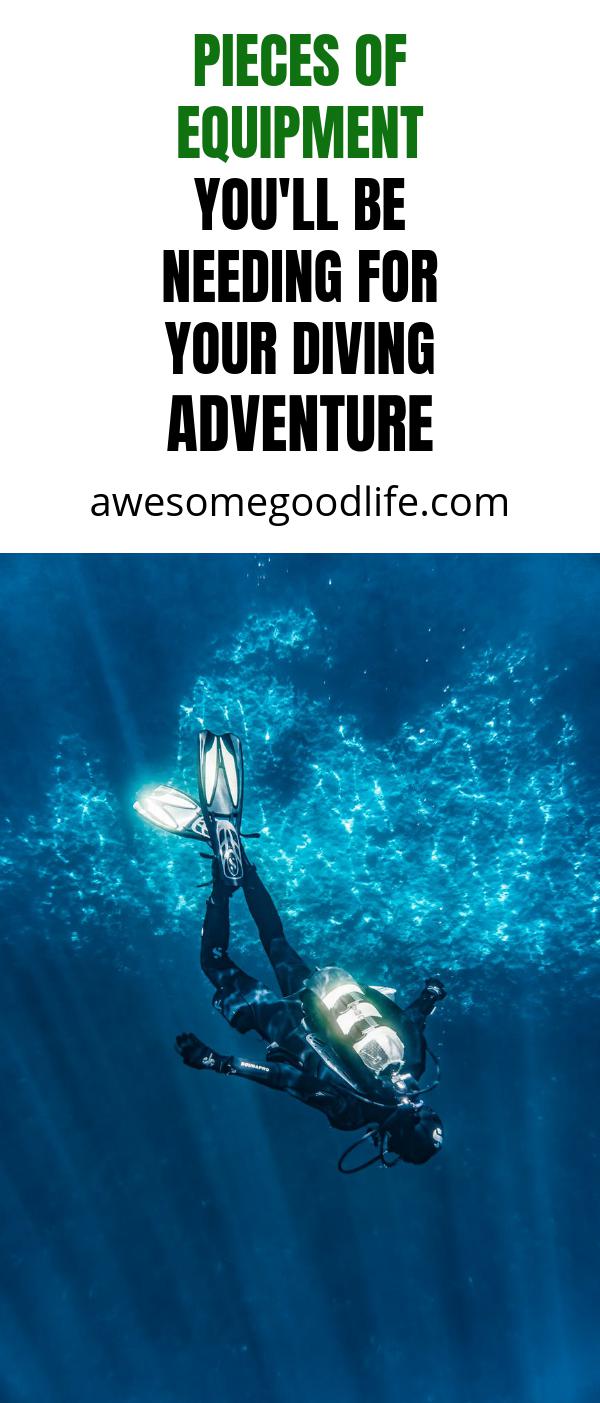Diving equipment is more complex than some people think. For the most part, people think if you’ve got an adequate air supply and flippers on your feet, you’re set for diving. Wrong. I suppose this approach would work for the casual scuba enthusiast, but there’s a lot more equipment needed for a proper dive than a tank and flippers. If you’re going to get serious about diving, here are all the pieces of equipment you’ll be needing, and why.
Tank or Rebreather – this is, obviously, the single most important piece of gear you’ll be needing on a dive. A tank provides you with a good supply of compressed air, so you can breathe. Unless you suddenly evolve gills, you’ll need a good air supply for scuba. Rebreathers are small electronic devices that are more expensive than tanks, but they have the advantage of lightness and compactness over a regular tank. Rebreathers actually recycle the air used by a diver, reintroducing oxygen into it.

Masks – there are several types of masks, and you can pretty much pick and choose from which type you want. Goggles are the smallest and simplest mask type to use, while others have integral snorkels for breathing in shallow water. Aside from these simple eye gear affairs, there are also full face masks with integral communication gear that allows you to talk to other people while driving via a built-in radio comm unit. These are the preferred types of masks to use for deep extended dives, as some models of full face masks also include low light vision lenses, and these are essential for traversing depths that aren’t penetrated by sunlight.
Thermal Suit – diving gets COLD. A full-body suit is necessary for serious diving endeavors. These rubberized suits are full body wrapping outfits that not only help with thermal insulation, they also help to avoid abrasions if the diver’s skin encounters rough surfaces, especially coral. Getting mugged by a jellyfish is also not a pleasant experience if all you’re wearing underwater is your skin. On another note, the pressure applied by a wetsuit can also prevent bleeding from small wounds incurred underwater. This is essential for those who like swimming where sharks hang out unless you enjoy being a snack for Jaws and his buddies.
Weighted Plates – contrary to the popular belief of those people who can’t swim, people do NOT sink like rocks when thrown into the water. The human body is naturally buoyant and will float in water, especially saltwater. To this end, divers need to carry different sorts of weights to adjust their depth when they’re diving.
Fins and Diving Motors – for propulsion underwater, you’ll need either fins or, for those who want to conserve their energy, you can buy a Diver Propulsion Device, which is an electric motor driven device that you hold onto. It is roughly the size of a large vacuum cleaner and basically does the swimming for you.
Gauges – you’ll need a compass for navigation underwater, along with underwater pressure gauges and an electronic depth measurer to make sure you don’t go too deep and encounter pressures that may cause you decompression sickness.
Dive Markers – these are floating buoys that you need to set to let people on the surface know where you’re diving. This is essential for safety in case you run into problems underwater, as well as providing a means for passing boats to know there’s a diver in the area, which lessens the chances of bonking your head on a passing ship’s hull when you surface.
Handheld sonar and Light – for navigation in extremely dark areas, as well as for diving at depths where sunlight from the surface no longer penetrates, having an underwater sonar, and a portable electric light source is a must.
Underwater Buoys and Line Markers – aside from surface buoys for marking where you are for passing ships and boats, underwater dive buoys also help you to navigate underwater, marking territories which you may want to come back to later, so you don’t get lost, as well as letting other divers in the vicinity know that you’re around.

First Aid Kit – diving equipment shops will offer specialized first aid kits for treating injuries that may happen underwater. Having this kit with you is a must, as well as taking lessons in their use.
Miscellaneous Tools – having a knife, waterproof camera, lines of wire with electronic reels, a dry box for your wallet, phone, etc, and a gunny sack for holding things you nab from underwater is also something to remember. These little knick-knacks aren’t really necessary for a successful dive, but they come in handy.





